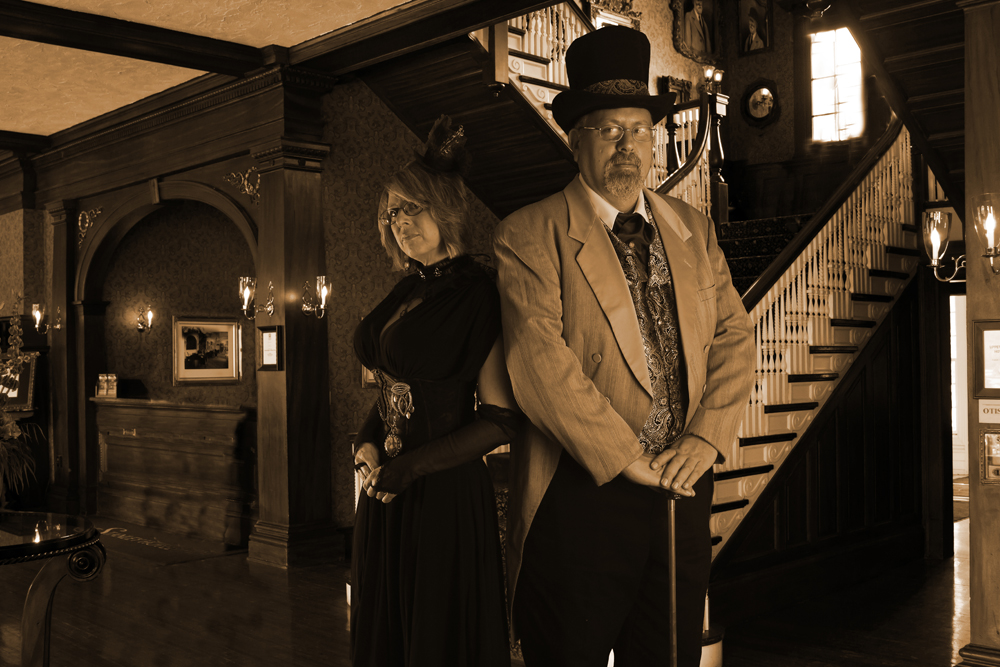Scientists Reveal The Science Fiction Stories That Inspired Them
 From: http://feedproxy.google.com/~r/ThePassiveVoice/~3/rk9wX3997Mw/
From: http://feedproxy.google.com/~r/ThePassiveVoice/~3/rk9wX3997Mw/ From The Conversation:
Tales of strange alien worlds, fantastic future technologies and bowls of sentient petunias have long captivated audiences worldwide. But science fiction is more than just fantasy in space; it can educate, inspire and expand our imaginations to conceive of the universe as it might be.
We invited scientists to highlight their favourite science fiction novel or film and tell us what it was that captivated their imagination – and, for some, how it started their career.
Bryan Gaensler, astronomer, University of Toronto
Time for the Stars
– Robert A. Heinlein
Long before the era of hard science fiction, Robert Heinlein took Einstein’s special theory of relativity and turned it into a masterpiece of young adult fiction.
In Time for the Stars, Earth explores the Galaxy via a fleet of “torch ships”, spacecraft that travel at a significant fraction of the speed of light. Communication with the fleet is handled by pairs of telepathic twins, one of whom stays on Earth while the other journeys forth. The supposed simultaneity of telepathy overcomes the massive time delays that would otherwise occur over the immense distances of space.
The catch is that at the tremendous speeds of these torch ships, time travels much slower than back on Earth. The story focuses on Tom, the space traveller, and his twin brother Pat, who remains behind. The years and decades sweep by for Pat, in a journey that takes mere months for Tom. Pat’s telepathic voice accelerates to a shrill accelerated squeal for Tom, as Einstein’s time dilation drives them apart, both metaphorically and physically.
This is ultimately a breezy kids’ adventure novel, but it had a massive influence on me. Modern physics wasn’t abstruse. It was measurable, and it had consequences. I was hooked. And I’ve never let go.
. . . .
Duncan Galloway, astrophysicist, Monash University
Ringworld
– Larry Niven
It was Larry Niven’s Ringworld that led, in part, to my career in astrophysics.
Ringworld describes the exploration of an alien megastructure of unknown origin, discovered around a distant star. The artificial world is literally in the shape of a ring, with a radius corresponding to the distance of the Earth to the sun; mountainous walls on each side hold in the atmosphere, and the surface is decorated with a wide variety of alien plants and animals.
The hero gets to the Ringworld via a mildly faster-than-light drive purchased at astronomical cost from an alien trading species, and makes use of teleportation disks and automated medical equipment.
The appeal of high-technology stories like this are obvious: many contemporary problems, like personal transportation, overpopulation, disease, and death have all been solved by advanced technology; while of course, new and interesting problems have arisen.
Grand in scope, and featuring some truly bold ideas, Ringworld (and Niven’s other books set in “Known Space”) are as keen now as when they were written, 40 years ago.
Link to the rest at The Conversation
Click to Tweet/Email/Share This Post